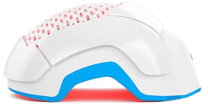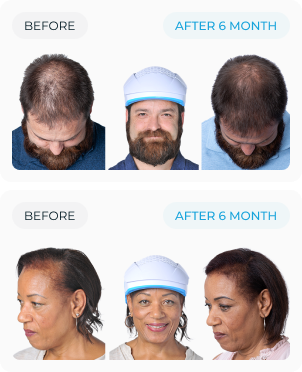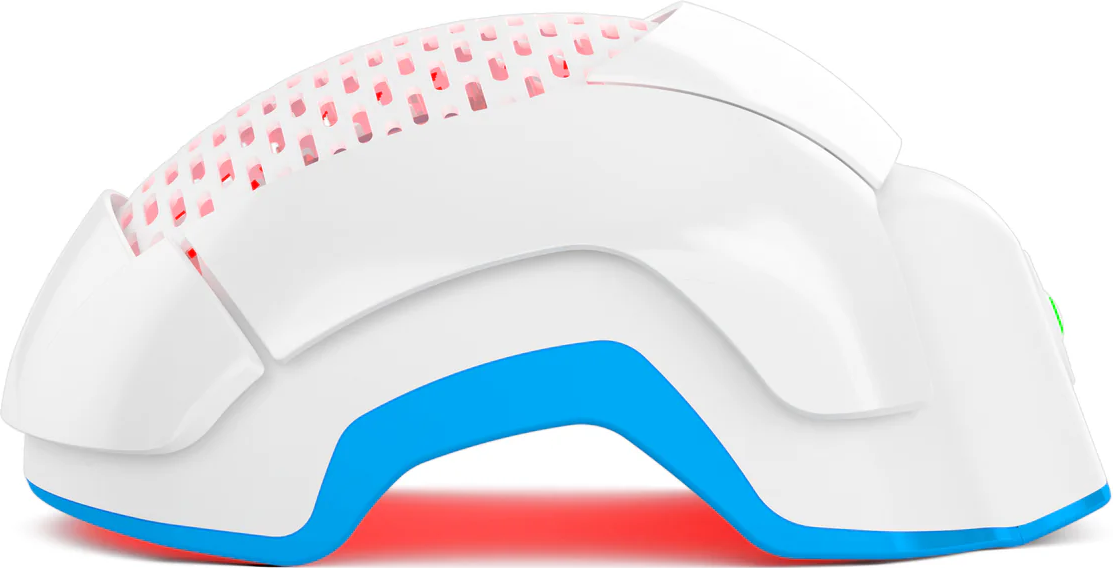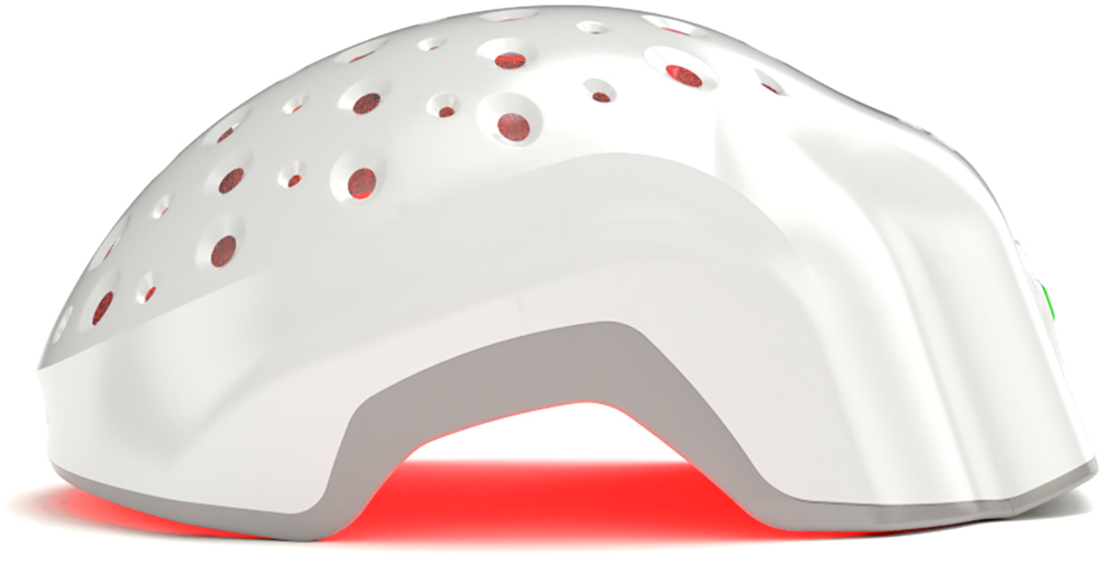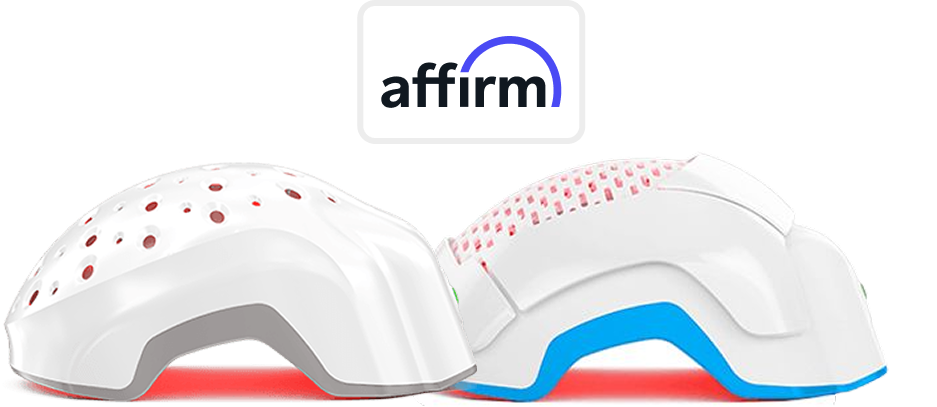Chlorine keeps pool water safe, but what about your hair? If you’ve ever stepped out of a pool and felt your strands go from silky to straw-like, you already know the answer isn’t great. And if you’re wondering, does chlorine damage hair enough to cause hair loss? Let’s just say your locks have every reason to be suspicious.
Here’s the truth: chlorine won’t snatch hair straight from your scalp, but it’s a pro at stripping away natural oils, weakening the hair shaft, and setting the stage for breakage. And if your hair is already on the fragile side—dry, processed, or just plain overworked—chlorine isn’t doing it any favors. Pair that with repeated exposure, and you’ve got a fast track to dull, brittle strands that snap off before they even get a chance to grow.
So, does swimming in a chlorinated pool guarantee thinning hair? Not exactly. But can it lead to breakage, scalp irritation, and the kind of dryness that makes hair more prone to falling out? Absolutely.
Let’s break down the science, the risks, and—more importantly—how to keep your hair strong, healthy, and unbothered by pool water.
How Chlorine Damages Hair: The Science
Chlorine isn’t just a pool disinfectant—it’s a full-on moisture thief. When your hair meets chlorinated water, the cuticle (the outer protective layer) starts to lift, allowing chlorine to sneak in and wreak havoc.
The result is stripped natural oils, weaker protein bonds, and an open invitation to dryness, breakage, and frizz. Chlorine hair damage doesn’t happen overnight, but with frequent exposure, hair becomes increasingly brittle and prone to split ends.
If that wasn’t enough, chlorine can also disrupt scalp health, leaving it dry, flaky, and irritated. While a single swim won’t ruin your hair, consistent exposure without proper care is where the real trouble begins.
Can Chlorine in Pool Water Actually Cause Hair Loss?
Chlorine doesn’t directly cause hair to fall out, but it sets the stage for increased shedding. Hair loss happens at the follicular level, and while chlorine doesn’t attack the root, it weakens the strand itself. Brittle, dry hair is more likely to snap mid-shaft, making it feel like you’re losing more hair than usual.
If you already have a sensitive or inflamed scalp, chlorine exposure can make things worse. Scalp irritation, clogged follicles, and disrupted sebum production can create conditions that hinder healthy hair growth. For those with conditions like male pattern baldness, excessive chlorine exposure may accelerate thinning by making existing hair more fragile.
In essence, chlorine and hair loss aren’t directly linked, but persistent scalp issues combined with weakened strands can contribute to increased shedding over time. If you’re already dealing with hair loss, maintaining scalp health is non-negotiable—and chlorine isn’t exactly a team player in that regard.
Preventing Chlorine Hair Damage: What Actually Works?
There’s no need to swear off swimming forever, but protecting your hair from chlorine damage requires strategy.
1. Saturating hair with fresh water
The simplest fix is to saturate your hair with fresh water before getting in the pool. When hair is already soaked, it absorbs less chlorine-laden water. Think of it like a sponge—it can only hold so much liquid, and filling it up with clean water first limits the chlorine intake.
2. Creating a barrier with conditioner or oil
A leave-in conditioner or protective hair oil forms a barrier against chlorine, helping to lock in moisture and reduce absorption. Look for lightweight, silicone-free options that won’t weigh hair down. For added protection, wearing a swim cap helps minimize chlorine exposure, but let’s be real—not everyone wants to rock one. Plus, if not carefully put on or taken off, swim caps can tug at your strands, leading to unnecessary breakage.
3. Post-swim rinsing and cleansing
Rinsing immediately after swimming is crucial. Chlorine sitting on your hair for hours after a swim accelerates damage. A thorough rinse with clean water followed by a sulfate-free shampoo removes chlorine residue without over-stripping moisture. Those who swim regularly should consider a clarifying shampoo once a week to break down any buildup.
How to Repair Chlorine-Damaged Hair?
If your hair already feels like straw from chlorine exposure, don’t panic—damage control is possible. The key is hydration and protein balance:
- Use deep conditioning treatments to restore moisture and elasticity.
- Apply protein masks to strengthen weakened strands. (Tip: Alternate between moisture and protein treatments—too much protein can make hair even more brittle.)
- Use lightweight oils to add shine and prevent further breakage if you’re experiencing excessive dryness.
- Soothe your scalp with treatments that include ingredients like aloe vera or tea tree oil to help combat irritation and keep the scalp environment healthy.
- Get a trim if chlorine damage is severe (e.g., excessive breakage, rough texture, or dullness). Cutting off fried ends allows for healthier regrowth and prevents damage from spreading.
Does Chlorine Affect Hair Color?
If you’ve ever gone swimming and noticed your hair color looking a little off, you’re not imagining it. Chlorine accelerates color fading by breaking down artificial pigments. This is especially brutal for blondes, as chlorine can react with trace metals in pool water, leaving behind a dreaded greenish tint.
Even for darker hair shades, chlorine exposure can lead to unwanted brassiness, dullness, and inconsistent color. Red and pastel shades are the most vulnerable since they already have a shorter lifespan and are more prone to fading. If you’ve invested in a salon color job, regular pool exposure without protection is a surefire way to watch your shade deteriorate faster than it should.
How to Protect Colored Hair in a Swimming Pool?
Color-treated hair should always be pre-treated with a protective spray or leave-in conditioner before swimming. After-pool rinses and sulfate-free shampoos designed for color protection can help maintain vibrancy. For those dealing with chlorine-induced brassiness, a clarifying treatment followed by a color-depositing mask can help restore the desired tone.
Chlorine and Hair Health: Takeaways
Chlorine isn’t the villain of all hair troubles, but it’s certainly not an innocent bystander. While it won’t directly cause baldness, frequent exposure can lead to dryness, breakage, and scalp irritation—factors that contribute to increased shedding over time. The good news is with the right preventive steps, you can enjoy pool time without sacrificing hair health.
The key is consistency: protect before swimming, rinse thoroughly after, and nourish your hair regularly. If chlorine exposure has already taken a toll, deep hydration and protein repair treatments can help restore strength and shine. Whether you’re a casual swimmer or a daily pool-goer, keeping your hair protected means you can enjoy the water without paying for it in damaged strands.
Reverse Hair Damage from Chlorine with Theradome
Chlorine-related hair damage can often be reversed with the right care and treatment. If your hair feels weaker, drier, or thinner after frequent pool time, it’s not too late to restore strength and stimulate new growth.
One effective solution is the Theradome laser helmet, which uses FDA-cleared low-level laser therapy (LLLT) to promote hair regrowth, improve scalp health, and strengthen existing strands, all from the comfort of home. For optimal results, we recommend the Theradome PRO LH80 for 20-minute sessions twice a week. With consistent use, you could see fuller hair in just a few months.
Chlorine damage doesn’t have to be permanent. Reclaim your hair’s vitality with Theradome—order today and begin your journey toward thicker, more resilient hair.


